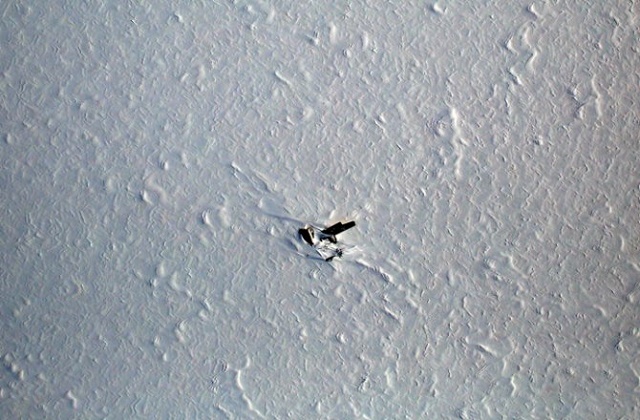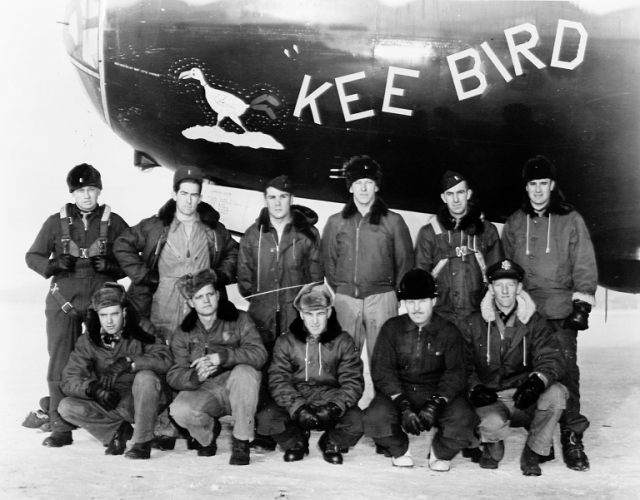The Kee Bird was the name of the B-29 plane that went down in 1947, two years following the end of the Second World War when the Cold War was just under way. Due to a mission which was secret in nature, the B-29 Superfortress was on its way to the North Pole. That was when the Kee Bird went down necessitating a rescue of the crew.
NASA’s Earth Observatory recently found the wreckage of the plane in Greenland. The remains are still relatively intact, preserved in the frozen landscape in which the plane crash landed. It was inclement weather and loss of fuel resources which had originally brought on the demise of the Kee Bird, and so the crew had to touch down on a frozen body of water before they could reach their destination at the North Pole. The plane’s crew was fortunate in that they did not have to wait more than a few days before their rescuers found all eleven of them.
There was an attempt at refurbishing the plane about four decades after its wreck, but it was not to be carried out to fruition. After some error, the plane wound up in flames and the efforts at restoring it were called to an end. The Kee Bird was left in the frozen waste and remains there to this day as confirmed by the satellite photos. Altogether it has been there for over fifty years.
Such photography is made possible by the P-3 Orion, a craft created by NASA. It was created to photograph the Arctic several years ago and is still performing its duties yearly. It is meant to record geographical data, but the Kee Bird just happened to show up along its route. Normally, the Orion would be measuring the more subtle changes in the polar ice, though the B-29 is not the first time it has picked up on more than that. It has also discovered canyons and other features underneath the ice, the Discovery News reports.
Researchers from NASA who discovered the Kee Bird wreckage were thankful for the change to their routine. Accustomed to monitoring mostly white and often flat environments, they do not get to see much of note, especially nothing as historically significant as a plane from the Cold War. Photographs of the Kee Bird have been taken for years, but the most recent photos illustrate that the wreckage has remained surprisingly intact, and may continue to do so for some time.

